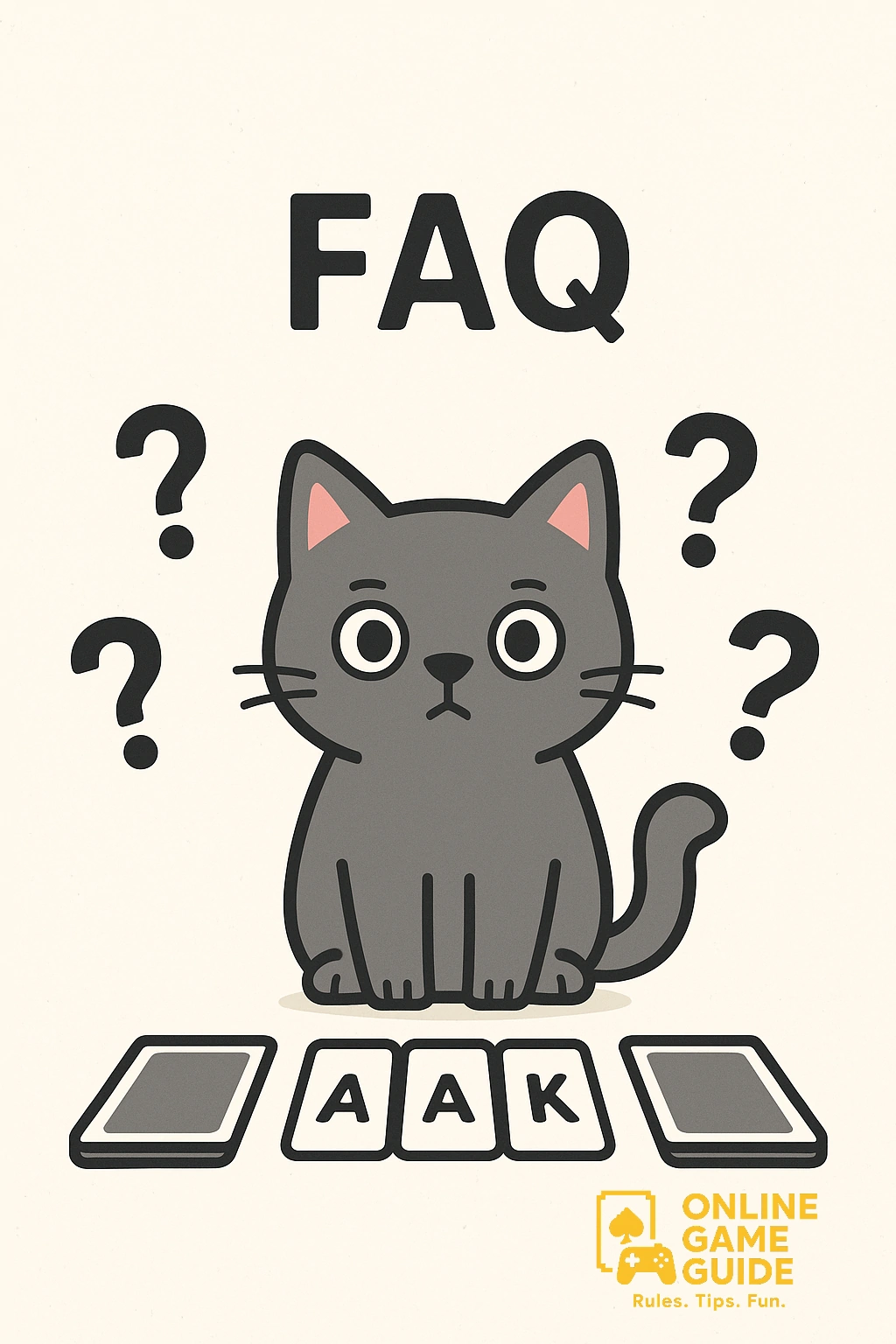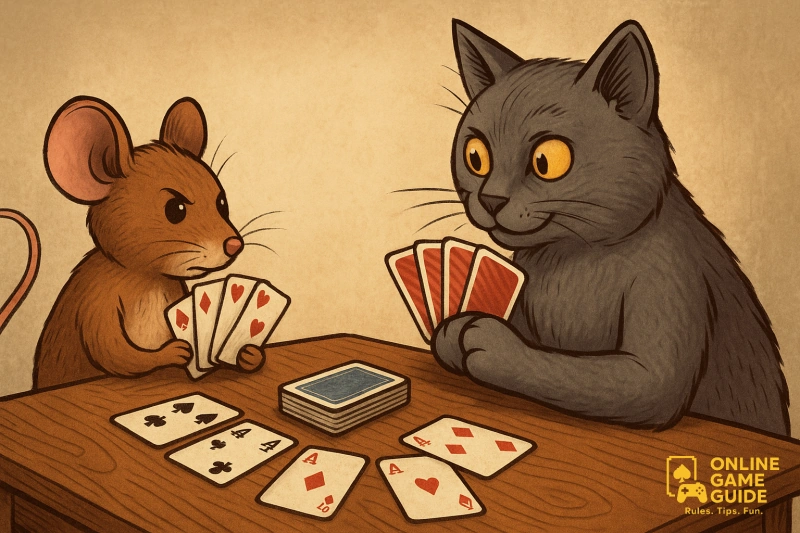
What is the Cat and Mouse Game?
The cat and mouse game is a fast-paced, two-player card game built around clever strategy and smart timing. In this game, one player is the "Cat," the other is the "Mouse." The idea is simple: be the first to get rid of all your mouse pile cards. Even though it sounds playful, the cat and mouse game can be a serious challenge of skill and decision-making.
Where It Comes From
The cat and mouse game is closely related to Spite and Malice, a classic card game also known as "competitive solitaire." But while Spite and Malice can be more complex, the cat and mouse game is easier to learn and play. It keeps things simple but still offers exciting moments and smart plays.
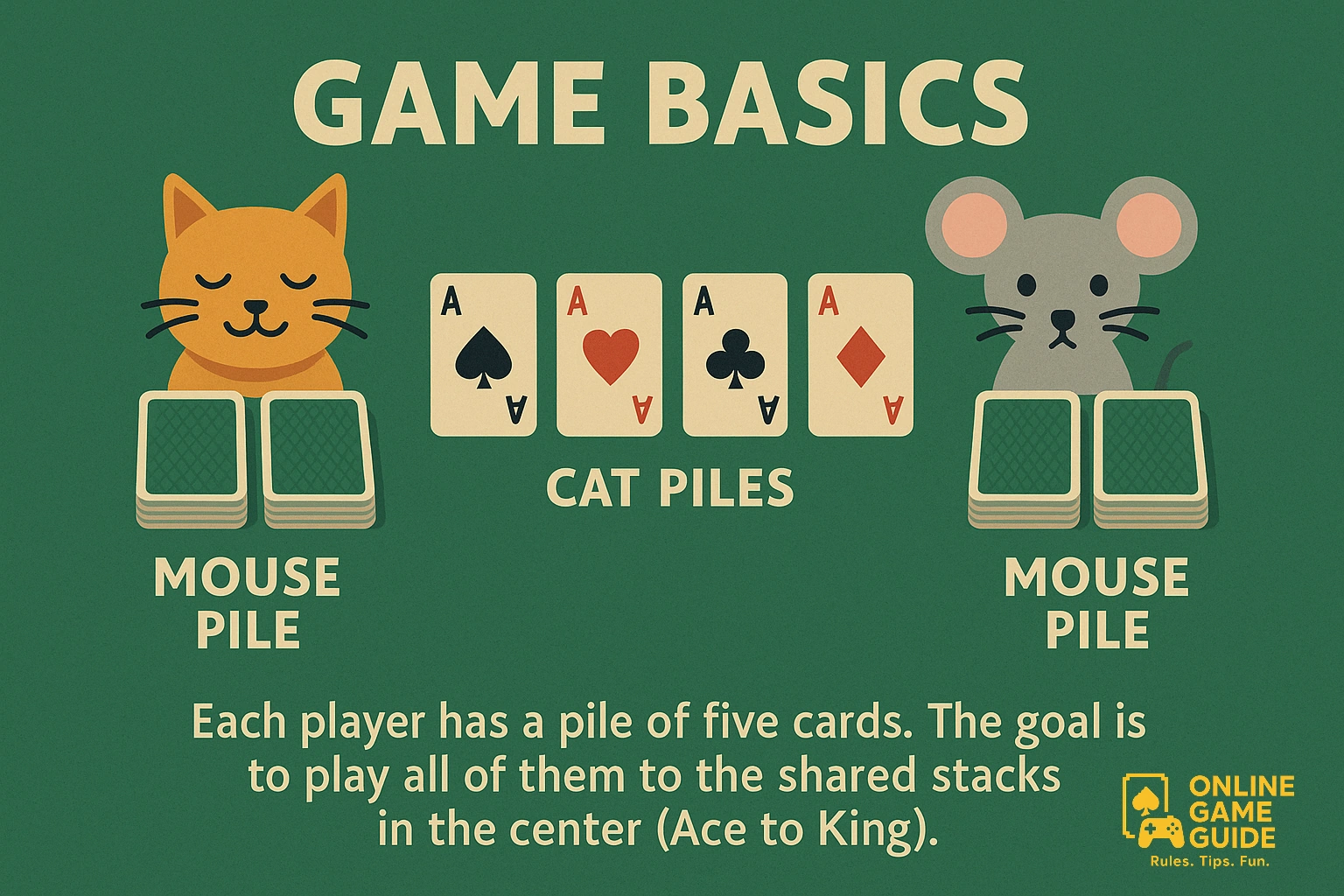
Game Basics
Each player has a pile of five cards called the mouse pile. Only the top card of that pile is visible and playable. The main goal is to play all five mouse pile cards. The game also has a shared center area for building stacks, called cat piles. These stacks go from Ace to King.
What You Need
- One standard 52-card deck (no jokers)
- Two players
- A flat playing area
Game Setup
- Shuffle the deck well.
- Give each player five face-down cards for their mouse pile. Flip the top card face up.
- Deal five cards to each player’s hand.
- Leave the rest of the deck face down in the middle.
- Leave space for four cat piles in the center.
- Each player also gets four discard piles in front of them.

How to Play
Players take turns. On your turn:
- Play cards from your hand, discard pile, or mouse pile to the cat piles (Ace through King in order).
- You can play as many cards as possible.
- When you can't play anymore, discard one card to one of your personal discard piles.
- Draw back up to five cards at the start of your next turn.

Mouse Pile Rules
- You can only play the top card of your mouse pile.
- You win by playing all five mouse pile cards.
Important Rules
- If you can play a card, you must.
- Once a cat pile reaches King, it’s removed from the board.
- No skipping turns if you have a move.
Strategy Tips
- Focus on clearing your mouse pile—it’s the only way to win.
- Use discard piles to plan future moves.
- Pay attention to your opponent’s cards.
- Don’t waste low cards; use them to build cat piles.
Winning the Game
The game ends the moment a player plays the last card from their mouse pile. That player wins. There are no ties.
Extra Challenges
Some people add scoring systems. For example, the losing player gets points based on how many cards they have left. First player to reach 50 points loses.
Why Play It?
The cat and mouse game is quick to set up, easy to understand, and full of smart choices. It’s perfect for two players and can be played again and again without getting boring. It’s a great game for those who like head-to-head action with a mix of luck and strategy.
Find the Answer to Every Question You Have
Whether you're new to the Cat and Mouse Game or a seasoned player looking to sharpen your skills, our FAQ has you covered. From setup instructions to winning strategies, you'll find clear, simple answers to every question that might come to mind.
We've gathered the most common concerns, rules, and tips so you can focus on what really matters—outsmarting your opponent and enjoying the game. Dive in and discover everything you need to know in one place!
Cat and Mouse Games
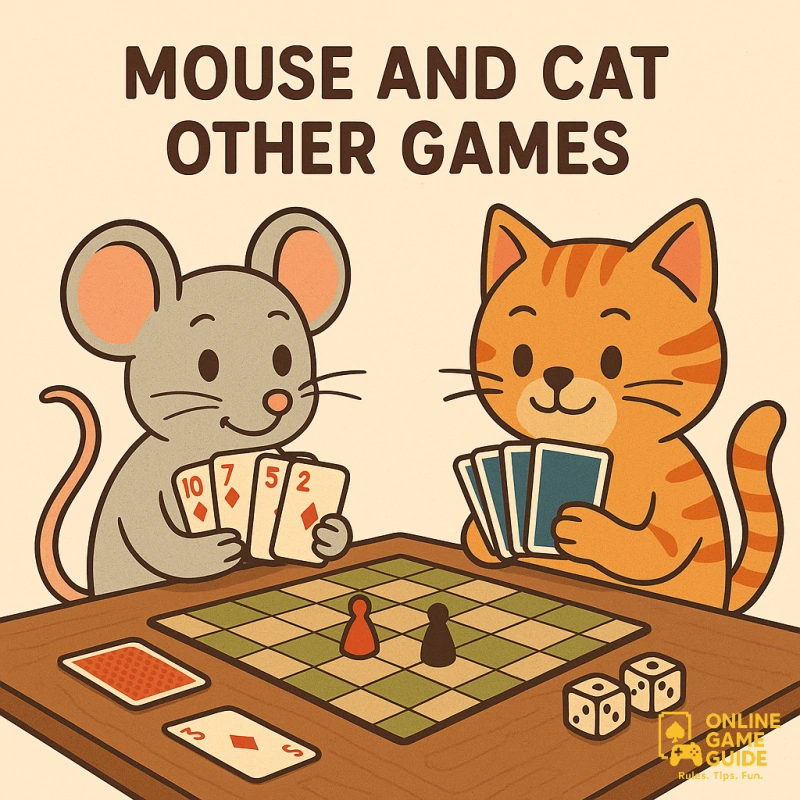
What Makes Cat and Mouse Games Unique?
The heart of cat and mouse games lies in their asymmetrical roles. While most games offer equal footing to both players, these games intentionally create imbalance to heighten the thrill. The pursuer often has strength, speed, or position. The escapee, on the other hand, must rely on wit, prediction, or superior movement.
Classic Card-Based Examples
The Cat and Mouse card game, inspired by Spite and Malice, is a perfect example of this mechanic translated into cards. Each player must clear their mouse pile before the other, using shared cat piles to build ascending sequences. It’s a pure battle of strategy and momentum.
Board Game Variants
Many board games adopt the cat and mouse formula, even if they don’t use the name directly. These include:
- Scotland Yard – One player is Mr. X (the mouse), hiding on a map while the others play detectives (cats).
- Clue: The Great Museum Caper – One player is a thief trying to escape while others guard artifacts.
- Mr. Jack – A two-player deduction game where one tries to escape and the other to capture.
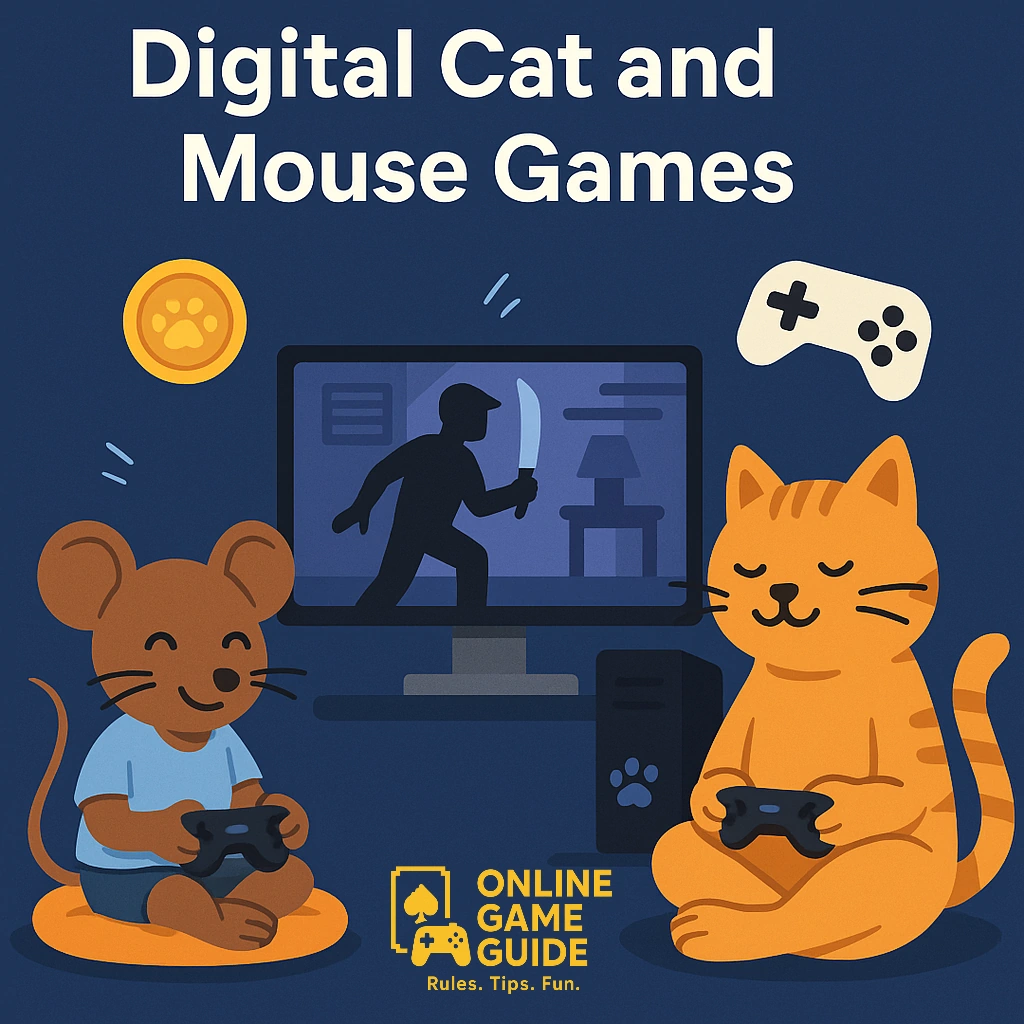
Digital Cat and Mouse Games
In video gaming, cat and mouse elements shine through stealth and pursuit genres. Games like Dead by Daylight, Among Us, and classic platformers often use chase dynamics to build tension. Multiplayer environments heighten this by letting human players control both predator and prey.
Psychological Gameplay
These games are not only physical tests—they’re psychological battles. Reading your opponent’s next move, faking your path, and setting traps all add depth. Whether hiding behind a corner or waiting for a discard move, cat and mouse games thrive on prediction and deception.
Why Do People Love Cat and Mouse Games?
There’s something primal and universally appealing about the chase. It taps into ancient instincts—survival vs. domination. The tension is real, the stakes feel personal, and victories feel earned.
Perfect for All Ages
Whether you're a child playing tag or an adult solving clues in a complex board game, cat and mouse games have a format that scales beautifully with age and complexity. You can teach a basic version in minutes, or play advanced versions for hours.
